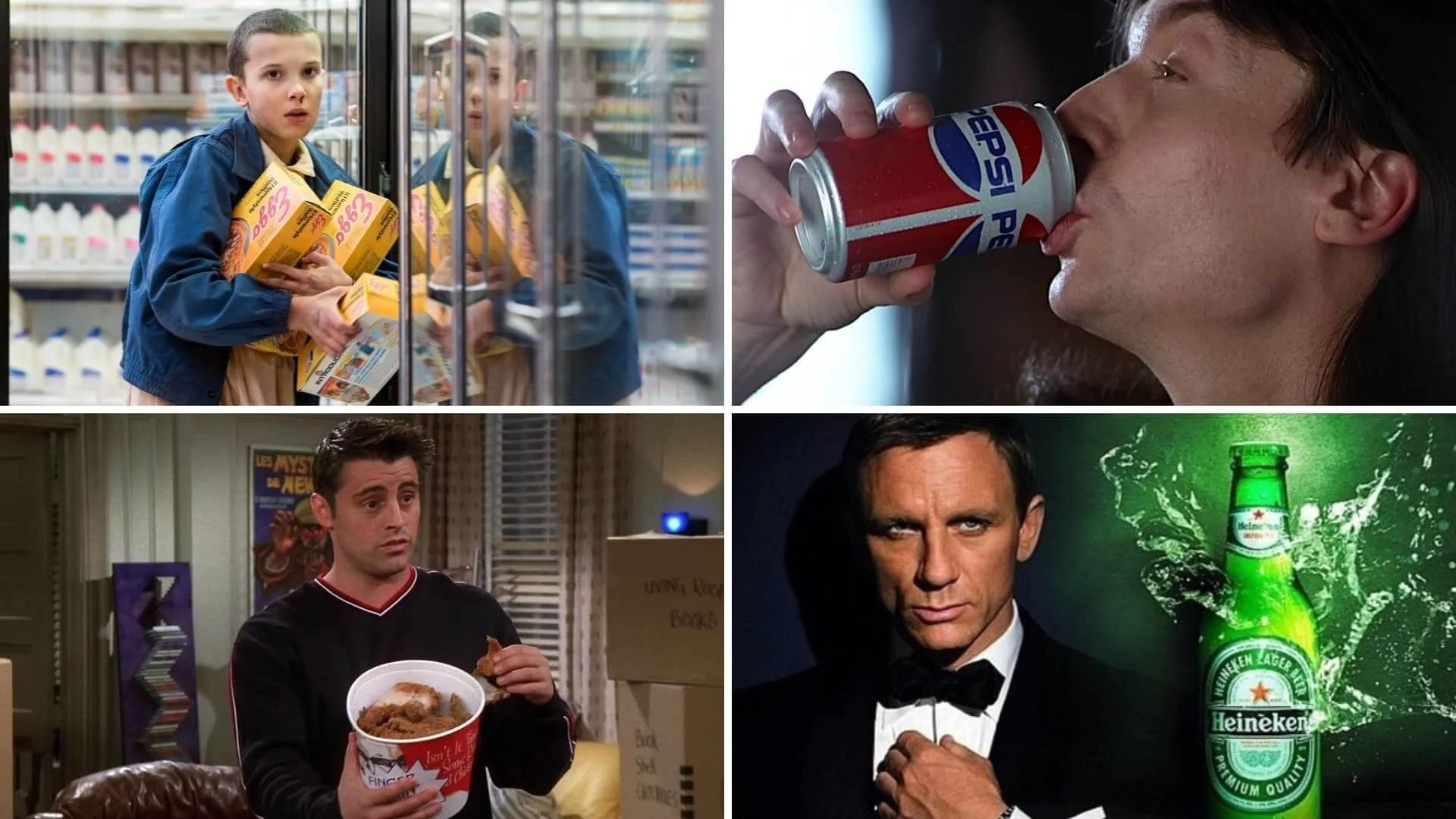
WHAT IS PRODUCT PLACEMENT?
Product placement—also known as brand or product integration—isn’t just about sneaking a logo into a movie or TV show. It’s about making your brand part of the story, seamlessly connecting with audiences right where their attention already is.
And right now, it’s one of the smartest plays in marketing. Why? Because people are tuning out traditional ads—over 41% of viewers skip them entirely. Meanwhile, a poll found that 73% of viewers prefer brand integrations over ads, calling them less disruptive. Translation: consumers don’t just notice product placement—they welcome it.
There are 3 main types of product placement options:
Passive placement: Your product is part of the background set, but nobody uses it or names it.
Verbal placement: your product is named, but the actors do not interact with it.
Active placement: the characters interact with your product.
But here’s the catch: great product placement is an art form. It only works if your brand feels natural in the story, enhancing the scene instead of interrupting it. That’s where the magic happens—when your product isn’t just seen, it’s remembered.
Think:
Iconic characters – Ray-Bans on Tom Cruise in Top Gun, or Bumblebee turning into a Chevy Camaro in Transformers.
Real-world settings – The Gap in Stranger Things or Dunkin’ Donuts in Patriots Day.
Everyday props – Xbox lighting up The Big Bang Theory or Reese’s Pieces becoming unforgettable in E.T.
Done right, product placement doesn’t just put your brand on screen—it cements it into culture.

